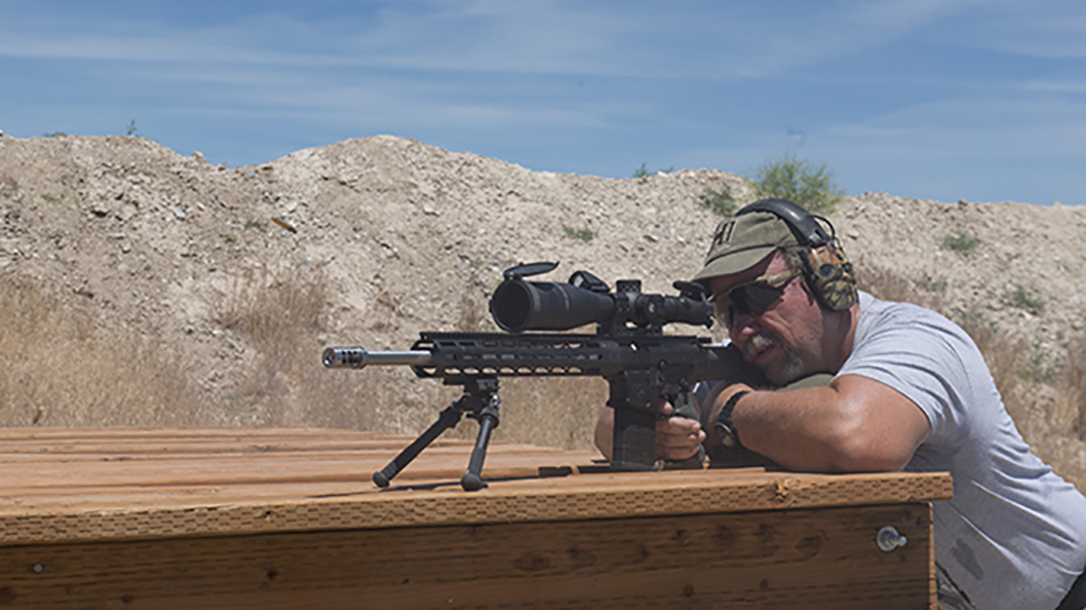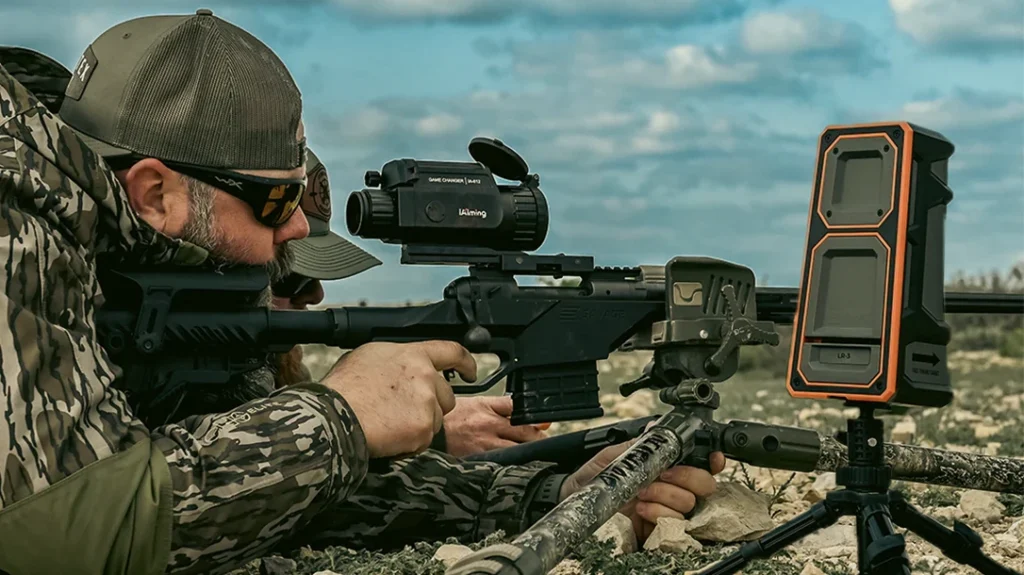


Advertisement — Continue Reading Below



Advertisement — Continue Reading Below


1. Get All The Glass You Need
Determine the intended use for your AR and what ranges you will encounter. The definition of “long-range” depends on your area and rifle configuration. If 500 yards is the farthest you’ll shoot, there is no need for a 25X riflescope; 16X and similar scopes offer plenty of magnification and often cost much less. If you are heading towards 1,000 yards, 25X magnification is fine, but you can get much higher. Just remember that mirage makes super-high-power scopes useless, so know your area. They are also a pain to mount. Get what you need, maybe a bit more, but don’t go overboard.
Advertisement — Continue Reading Below
2. By Once, Cry Once
Don’t mount a $300 riflescope on a $3,000 precision rifle. Lenses cost money; the better the lens, the higher the cost. Generally, the greater the magnification, the more the scope will cost. Precision requires attention to detail during the build and high-quality construction. Knobs must hold up under constant use and return to zero—this all adds up. So get the most glass that you can afford.
3. Use A Good Riflescope Mount
It’s astounding how many expensive scopes I see in dime store rings. The riflescope is only as steady as the mount. If it comes loose or shifts, you will never shoot consistently at range. Do you need a $600 mount? Probably not; there are super-strong and solid rings at a third that cost, maybe less. Just don’t drop your high-dollar scope into $25 rings.
Advertisement — Continue Reading Below
4. Use The Correct Reticle
Modern reticles using holds and “trees” for adjustments are great if you are actually using them for wind and elevation holds. If your riflescope is just for aiming, however, keep it simple. You need something to determine your hits or splashes off target, but the reticle can be pretty rudimentary. Just because it is the latest in tactical reticles doesn’t mean it is of any value to you. Pick one that suits your needs.
5. Know Your Elevation/Cant
Depending on your caliber and how far out you want to go, you are going to want some built-in elevation in your rail or mount. Fast, flat-shooting calibers may not need it out to 1,500 yards or so. Bigger, slower calibers may need 20 MOA at least. In most cases, 20 MOA or less is not an issue, even 30 MOA, but some of the 40-MOA bases out there just won’t let you zero your scope at 100 yards. If 1,000 yards is your limit, a flat rail may be all that you’ll need.
Advertisement — Continue Reading Below
6. Stay level
The farther you shoot, the more important your riflescope’s level. If your mount does not have a level, get a good one. If you only use your reticle, then make sure it is level. If you dial, the erector (what’s under the knob) is what matters. Your reticle may be off, but if it is level, your adjustments will be precise. Off just a little at 800-plus yards means a clear miss on most targets, so have a way to make certain your scope is level when breaking the shot.
























